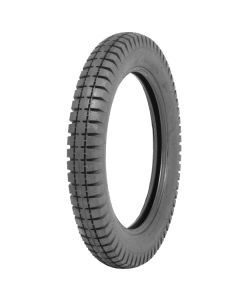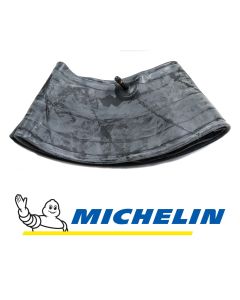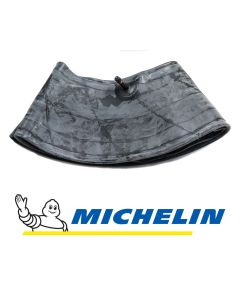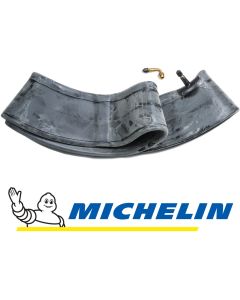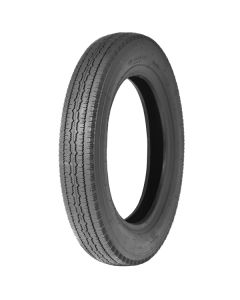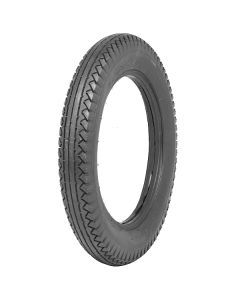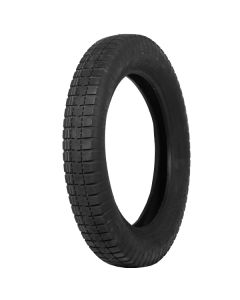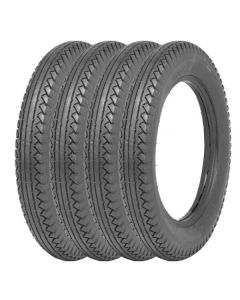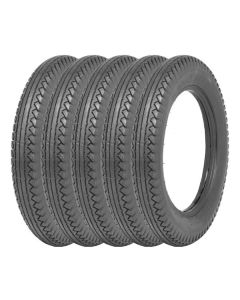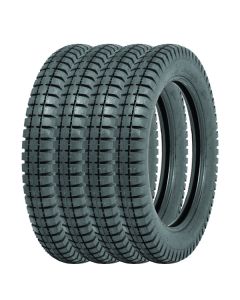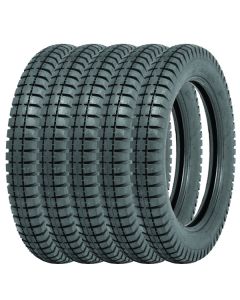Singer Le Mans Tyres
Singer Le Mans 1933–1937
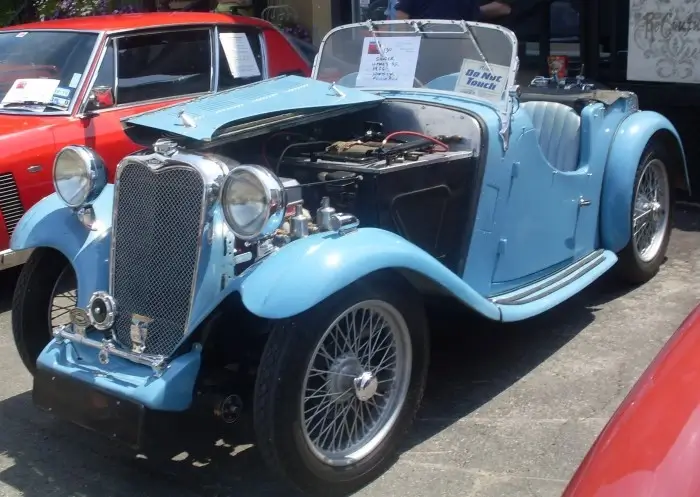
- Our recommendation for the Singer Le Mans is the 4.00/4.50 x 18 Longstone.
- Singer Le Mans wheels need innertubes, and depending on your wheel type the best innertube for this size is either the Michelin 18MFR Central Valve innertube, or the Michelin Kleber Offset Valve innertube.
Singer Tyres Explained
History of the Singer Le Mans
The popularity of the Singer Nine Sport at Le Mans prompted the creation of the first Singer Le Mans model in 1933. This was the two-seater version of the Nine Sports, and it was typical of 1930s British sports cars. With a price of £215, an output of 34 horsepower and a maximum speed of more than 70 mph with the windshield dropped, it provided stiff competition for the MG J2.
The Singer Le Mans had an upgraded version of the 972cc engine used in the four-seater. To complete the competition look, the body was modified with an externally mounted fuel tank (with a fast release filler cap) and twin rear-mounted spare tyres. The new upswept scuttle cowls further indicated the sporty aspirations of the Le Mans. One of the most major engineering innovations was the lowered chassis, which distinguished the Le Mans cars from the four-seater by lowering the centre of gravity for improved handling. 1 full-size or 2 half-size luggage, a bonnet strap and fittings, a route cardholder, competition number plates, and a combination chronograph and stopwatch were available as options.
Singer introduced a Special Speed variant of the Le Mans for 1935, priced at £225. The addition of running boards that followed the line of the front wings, more internal space (achieved by relocating the two spare wheels backwards), and a bigger 13.5-gallon fuel tank were among the changes. By increasing compression from 7:1 to 7.4:1, adding a higher lift cam, wider valves, and dual horizontal SU carbs, engine power was raised to more than 38 horsepower. For a more constant ignition spark, the coil ignition system was also replaced by the Swiss Scintilla Vertex Magneto.
All of this, but maybe most notably the camshaft modification, resulting in a quieter engine with a less distinct exhaust note. For the 1936 and 1937 manufacturing years, the Special Speed will ultimately replace the standard Le Mans model.


